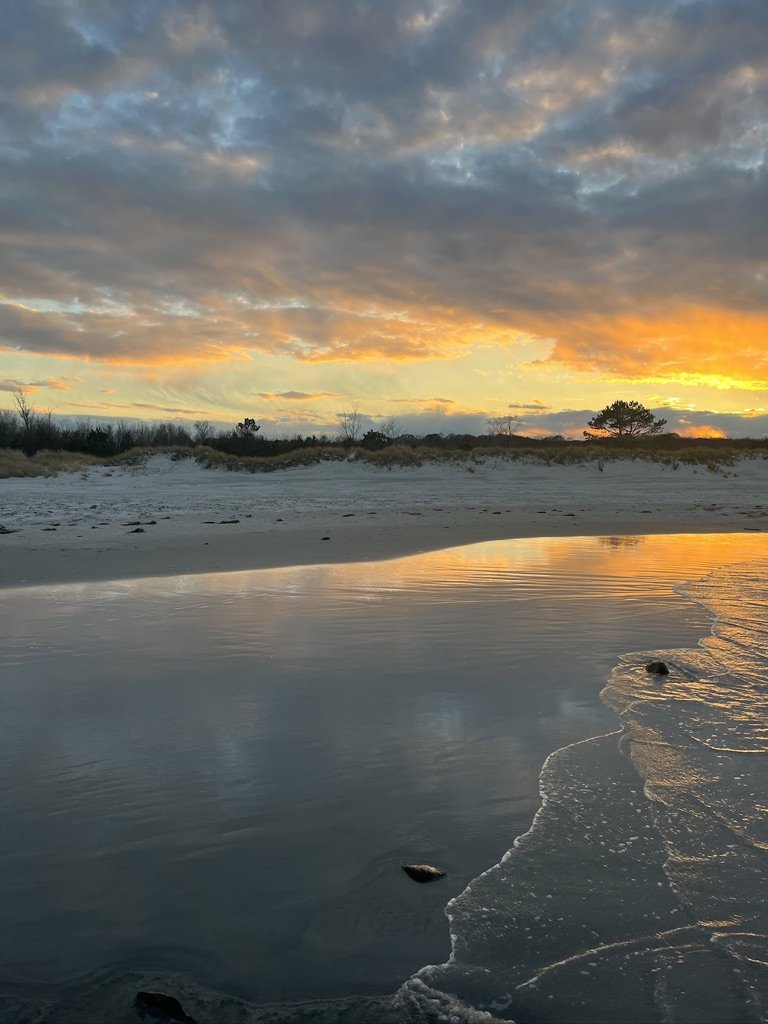
Our Services, Modalities and Treatment Approaches
Our services
Adult Therapy
We work with adults of all ages and specialize in trauma treatment for PTSD and Dissociation. Additional specialties include anxiety, depression, and grief. We work collaboratively in treatment planning and operate from a strengths-based approach. Our clinicians offer many different treatment modalities and will collaborate with you to choose the best clinical approach.
Child & Adolescent Therapy
We work with children ages three through adolescence. Each child’s needs are unique and we tailor our treatment approach accordingly. Our child clinicians are skilled in many modalities including ARC (Attachment, Self-Regulation and Competency), expressive therapies, play therapy, and sand tray. We collaborate closely with caregivers and assess which treatment approach is optimal.
Child and adolescent clients often require a collaborative approach that includes caregivers and other providers. Our clinicians are available for consultations with other service providers as needed. These services are typically not covered by insurance and are self-pay.
Ketamine Assisted Psychotherapy (KAP)
We bring our complex trauma and dissociation expertise to our KAP treatment. Ketamine is a legal, safe, and effective medicine used to treat a variety of mental health conditions, including depression, anxiety, and PTSD. In short, a KAP approach embeds Ketamine within the psychotherapy process. A therapist will work with you to discuss what to expect from a psycholytic dose of Ketamine and to help support you in the process.
Psycholytic refers to a dose that allows an individual to feel the effects and receive a benefit from Ketamine while typically remaining more in touch with their surroundings than they would during a Ketamine infusion. In KAP, your therapist will stay with you throughout the process to help with the preparation, intention setting, and integration work to help capture your associations and meaning-making from the process. We will refer you to a Ketamine prescriber to discuss the dosage, and to assess any medical needs you may have to ensure it is safe and that you are a good candidate.
Grief Group
In this ongoing virtual weekly support group, education on the stages and tasks of grief will be provided. We will use group discussion and creative processing to explore the complex nature of grief and the many emotions and feelings we may experience while grieving. Whether a loss occurred recently or many years ago the process of grief and bereavement differs for everyone.
Our Modalities
-
Art and art-making engage all of our senses. Art therapy uses the sensory, kinesthetic, perceptual, affective, symbolic, cognitive, and creative processes of art-making to improve and enhance the physical, mental, and emotional well-being of individuals of all ages. It is based on the belief that the properties involved in artistic self-expression help people to resolve conflicts and problems, develop interpersonal skills, manage behavior, reduce stress, increase self-esteem and self-awareness, and achieve insight.
More information -
Eye movement desensitization and reprocessing (EMDR) is a mental health treatment technique that can help people heal from trauma, anxiety, or other distressing life experiences. During EMDR, patients focus on a traumatic memory while simultaneously experiencing bilateral stimulation, usually eye movements. The goal is to reduce the vividness and emotion associated with the memory.
-
Play therapy is a natural treatment modality for children. It also engages all the senses and is fun. Play therapy can include sand tray therapy, child-centered play, or therapist-directed play depending on treatment goals and a child’s needs. Our Arlington location has a large movement space to help in the assessment and use of sensory-based coping resources. This space allows both gross and fine motor movement and rhythmic play.




